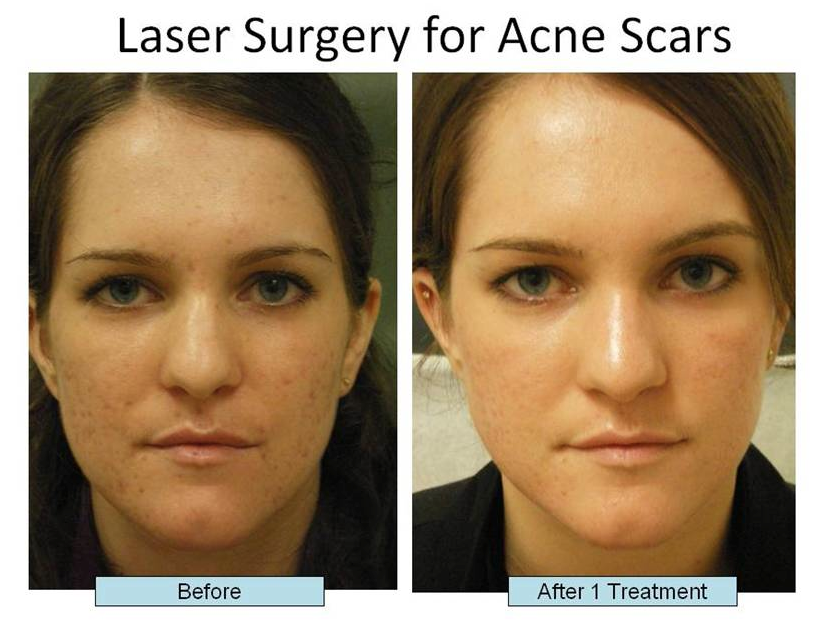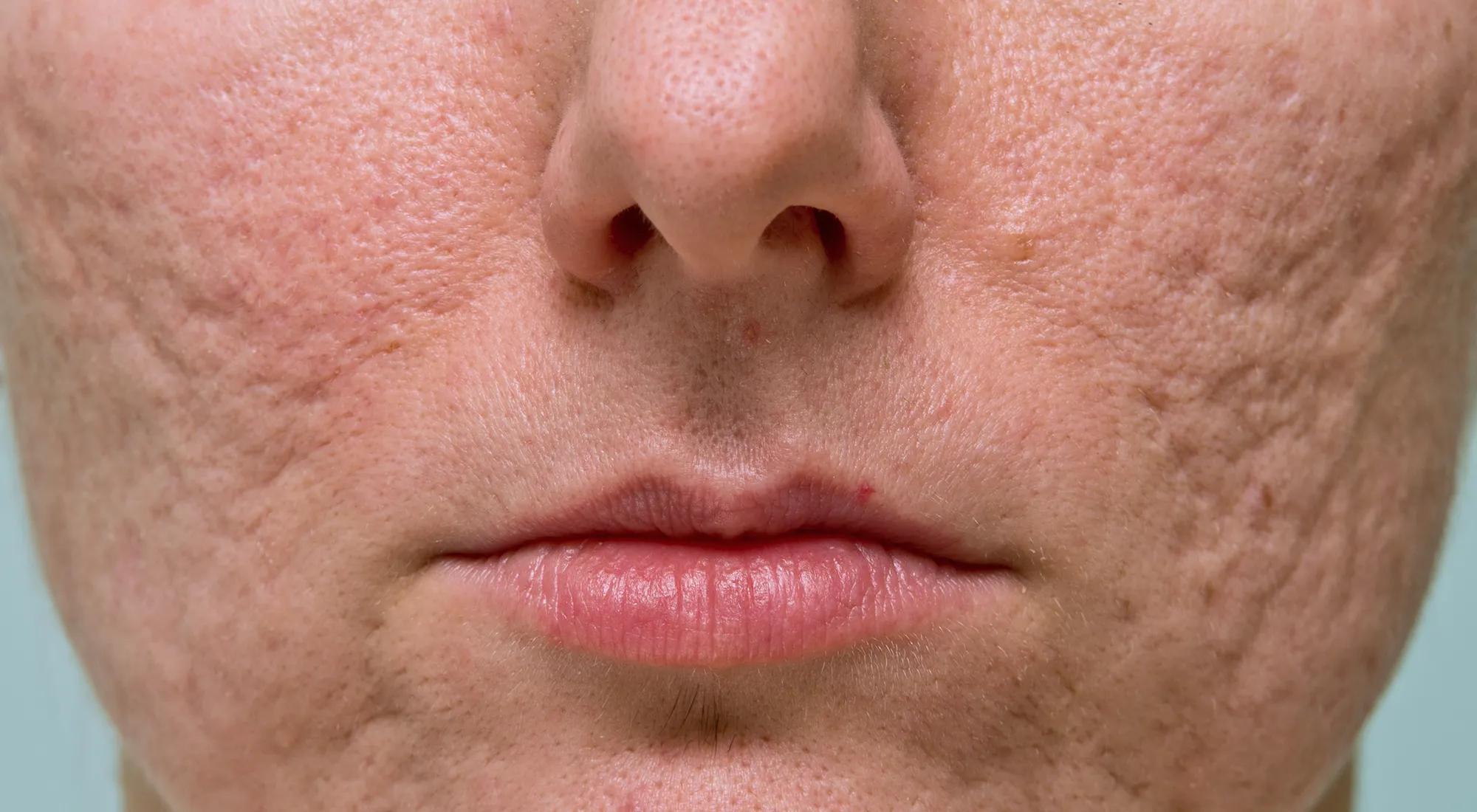Just How to Treat Acne Scars: Proven Approaches for a Perfect Complexion
Just How to Treat Acne Scars: Proven Approaches for a Perfect Complexion
Blog Article
Checking Out Skin Disease: Dealing With and identifying Acne Scars for Healthier Skin
Acne scars represent a considerable worry for people looking for to preserve healthy and balanced skin, as they can influence both look and self-esteem. Comprehending the various kinds of scars, from atrophic to hypertrophic, is crucial for establishing ideal treatment options. While professional interventions like chemical peels and microneedling can be efficient, the value of personalized care plans can not be overstated. Preventative steps play an important role in minimizing future scarring. As we explore these elements, one need to think about exactly how the best strategy can bring about transformative outcomes.
Comprehending Acne Scars

The body's all-natural healing process can lead to either atrophic marks, which show up as depressions in the skin, or hypertrophic scars, which are increased and arise from overflow of collagen. Additionally, the mental toll of acne marks need to not be underestimated; numerous people report sensations of shame, anxiousness, and lowered self-esteem. This emotional concern can impact social communications and total lifestyle.
Dealing with acne scars needs a detailed understanding of their development and influence. Understanding of the capacity for long-lasting repercussions connected with without treatment marks can encourage people to look for proper therapies. Early intervention and efficient administration techniques can dramatically boost skin look and boost emotional durability, highlighting the value of comprehending the complexities surrounding acne scars.
Types of Acne Scars
Acne scars can be classified into distinctive kinds, each exhibiting special attributes and needing particular treatment strategies. acne scars. The key sorts of acne scars consist of atrophic, hypertrophic, and keloid marks

Hypertrophic marks, on the other hand, are increased above the skin level and are the outcome of extreme collagen manufacturing during the recovery process. They typically remain within the limits of the original acne lesion. Keloid scars are similar yet prolong beyond the initial injury site, developing larger, increased locations that can be itchy or unpleasant.
Recognizing these sorts of scars is vital for picking appropriate treatment options. Different scars might react far better to details treatments, such as laser treatments, fillers, or surgical interventions, emphasizing the significance of a customized strategy to acne mark monitoring.
Recognizing Your Scars
When evaluating the appearance of your skin, it is crucial to precisely identify the sort of marks existing, as this will notify one of the most effective therapy approach. Acne scars normally fall under 2 categories: atrophic and hypertrophic marks. Atrophic scars, which are the most usual, look like anxieties or impressions on the skin. These can further be categorized right into ice-pick marks, boxcar scars, and rolling marks, each displaying distinctive characteristics and needing various approaches for assessment.
Hypertrophic marks, on the various other hand, are elevated and take place as a result of excessive collagen production during the healing process. Acknowledging the certain attributes of your marks-- such as structure, size, and deepness-- is essential for proper identification (acne treatment for sensitive skin). In addition, consider the distribution of marks throughout your skin, as this can show the extent and duration of the acne problem
Engaging with a skin doctor can offer valuable understandings into the nature of your marks, assisting in the differentiation between different kinds. An extensive understanding of your scars will eventually cause a much more customized and reliable treatment plan, ensuring a more clear and healthier complexion.
Treatment Alternatives Readily Available
Determining the details kind of acne scars existing on your skin prepares for exploring effective treatment alternatives. Typical types of acne marks include atrophic (depressed), hypertrophic (elevated), and post-inflammatory erythema.
For atrophic marks, options such as chemical peels, microneedling, and laser resurfacing are extensively used. Chemical peels off utilize acids to eliminate the outer layer of skin, promoting brand-new cell growth.
Hypertrophic marks can be treated with corticosteroid injections to flatten the mark or laser therapy to minimize redness and enhance look. Silicone gel sheets and pressure dressings might also help in taking care of increased marks.
Additionally, facial fillers can temporarily fill out depressions from atrophic marks, while surgical excision may be ideal for discover this info here serious instances. Each treatment choice has its benefits and factors to consider, making it important to talk to a skin doctor. They can provide individualized referrals based on the type and intensity of your marks, as well as your skin kind and total health.
Tips for Prevention
Reliable avoidance methods can significantly minimize the chance of developing acne scars. The primary step is to maintain a consistent skincare regimen that consists of gentle cleansing, peeling, and hydrating. Using non-comedogenic products assists stop clogged up pores, which can exacerbate acne. In addition, including topical therapies consisting of salicylic acid or benzoyl peroxide can effectively minimize and take care of breakouts swelling.
Staying clear of the impulse to select or pop acne sores is essential, as this can cause much deeper skin damage and boost the danger of scarring. Rather, think about utilizing a cool compress or over the counter therapies to lower swelling and soreness.
Sunlight security is one more vital element of avoidance; ultraviolet (UV) rays can dim scars and hinder the recovery procedure. Using a broad-spectrum sunscreen with at the very least SPF 30 daily can shield the skin and promote also recovery.
Lastly, keeping a balanced diet regimen abundant in minerals, vitamins, and anti-oxidants supports skin wellness and healing. Remaining hydrated and taking care of anxiety levels can likewise play a considerable role in minimizing acne flare-ups. By executing these strategies, people can considerably lessen their opportunities of establishing acne marks.
Final Thought
In final thought, understanding and identifying acne marks is essential for reliable treatment and attaining healthier skin. Numerous types of acne marks, including atrophic and hypertrophic marks, necessitate certain treatments tailored to private needs. Therapy options array from chemical peels and microneedling to corticosteroid injections, highlighting the importance of getting in touch with a skin specialist. Furthermore, embracing a gentle skin care regimen and protecting the skin from UV exposure can dramatically contribute to the prevention of more scarring and general skin health and my blog wellness.
The body's natural healing process can result in either atrophic scars, which appear as depressions in the skin, or hypertrophic scars, which are raised and result from overproduction of collagen. They are further divided into three subtypes: ice choice marks, boxcar marks, and rolling marks. Acne marks usually drop right into 2 groups: hypertrophic and atrophic marks. These can further be classified into ice-pick marks, boxcar marks, you could try this out and rolling marks, each displaying distinctive features and calling for various techniques for evaluation.
Different types of acne scars, including atrophic and hypertrophic scars, necessitate specific interventions customized to individual needs.
Report this page